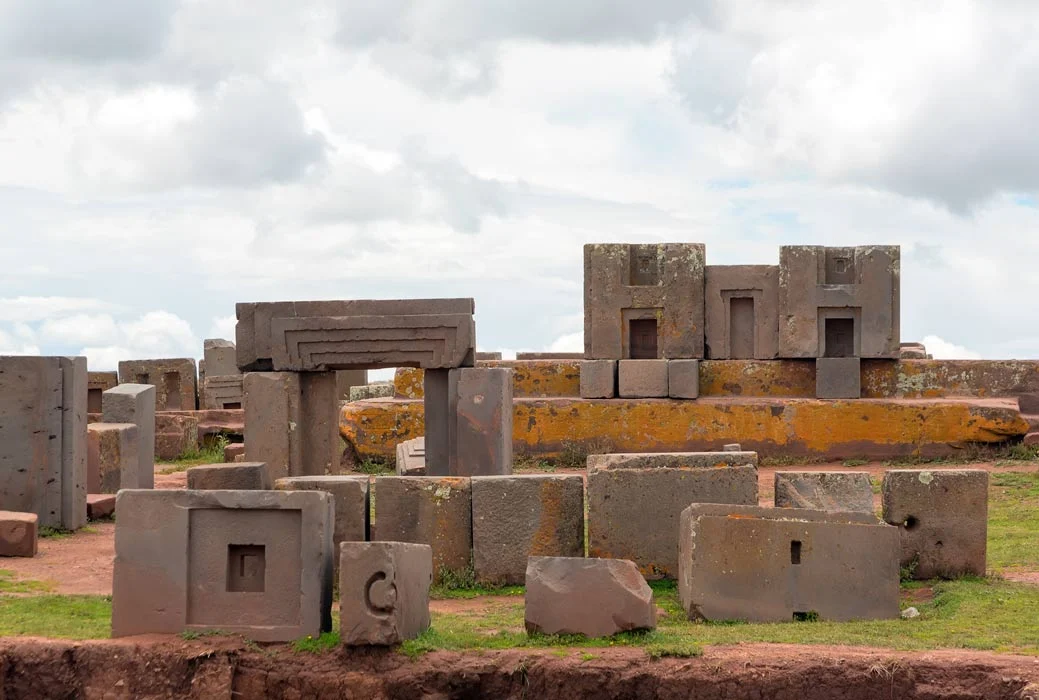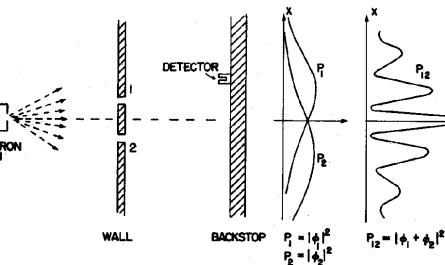What Is Pumapunku?
Pumapunku is a megalithic archaeological site in Bolivia, forming part of the ancient Tiwanaku civilization complex. Located about 3,800 meters above sea level, it is one of the highest and most enigmatic ancient monuments on Earth.
Incredible Stone Precision
Pumapunku is famous for its massive stone blocks, some weighing up to 130 tons. The accuracy of the stone cutting remains one of archaeology’s greatest mysteries — the blocks fit together so precisely that not even a razor blade can be inserted between them.
Some of the most studied features include:
- H-shaped blocks – identical pieces that might have been part of a modular building system.
- Perfectly straight lines and holes – many stones have drilled openings suggesting the use of advanced tools.
- No mortar or cement – the stones interlock so precisely that they stay together purely through geometry.
How Was It Built?
Official history claims that the Tiwanaku civilization built Pumapunku between 500 and 1000 AD, but alternative theories propose a much older origin. Several hypotheses attempt to explain its mysterious construction:
- Lost ancient technology – the builders may have possessed advanced tools or techniques that have since disappeared.
- Stone softening theory – local legends tell of people who knew how to soften stone, making it moldable like clay.
- Antigravity or resonance – some researchers suggest the stones were moved using sound frequencies or magnetic fields.
Where Is the Rest of the City?
Pumapunku seems to have been part of a much larger metropolis, yet only fragments remain. Possible explanations include:
- Natural disasters such as earthquakes or floods that destroyed much of the site.
- Colonial repurposing – Spanish conquerors and locals might have reused the stones for new buildings.
- Unexcavated areas – large parts of the region remain unexplored, possibly hiding more structures underground.
Why Is Pumapunku So Mysterious?
Pumapunku remains one of history’s greatest enigmas. Even today, scientists, engineers, and historians struggle to explain:
- How were the stones cut with such precision?
- How were they transported and assembled without modern machinery?
- Could this be evidence of lost ancient technology — or even extraterrestrial influence?
Whatever the truth, Pumapunku stands as one of humanity’s most extraordinary engineering marvels, a timeless reminder that ancient civilizations might have known far more than we imagine.



